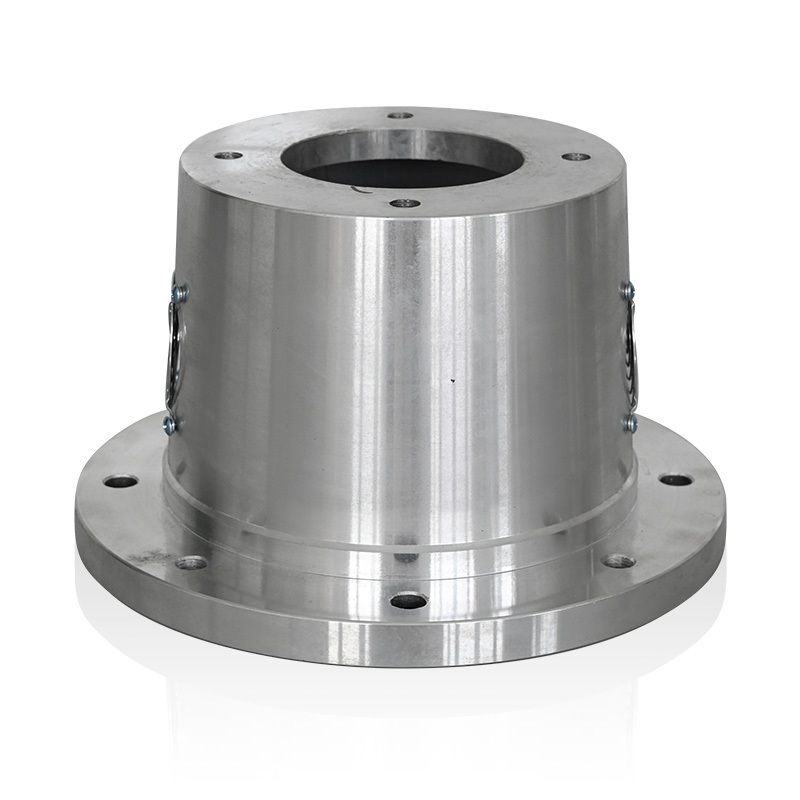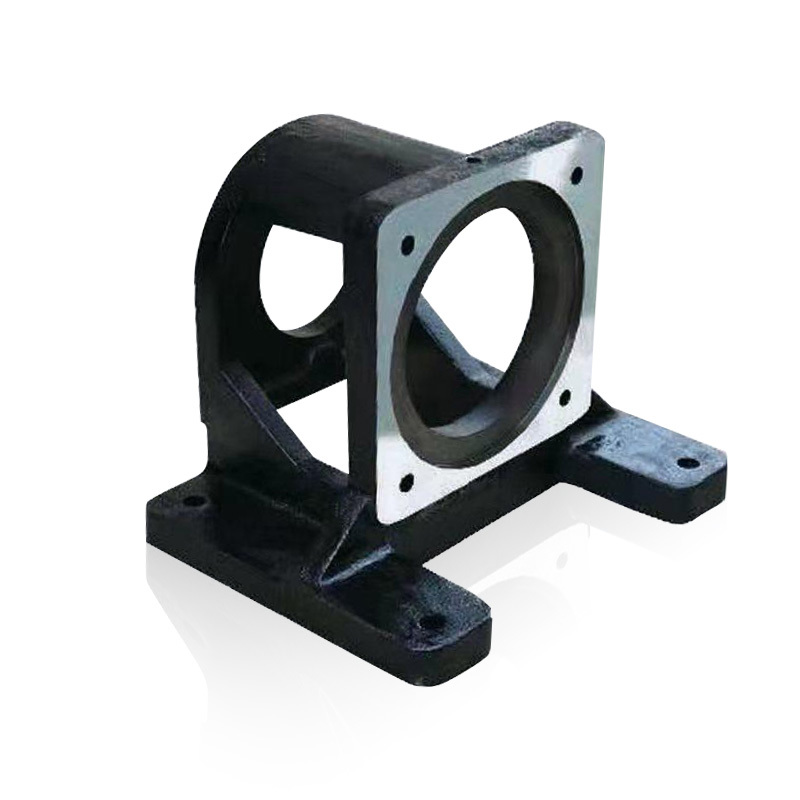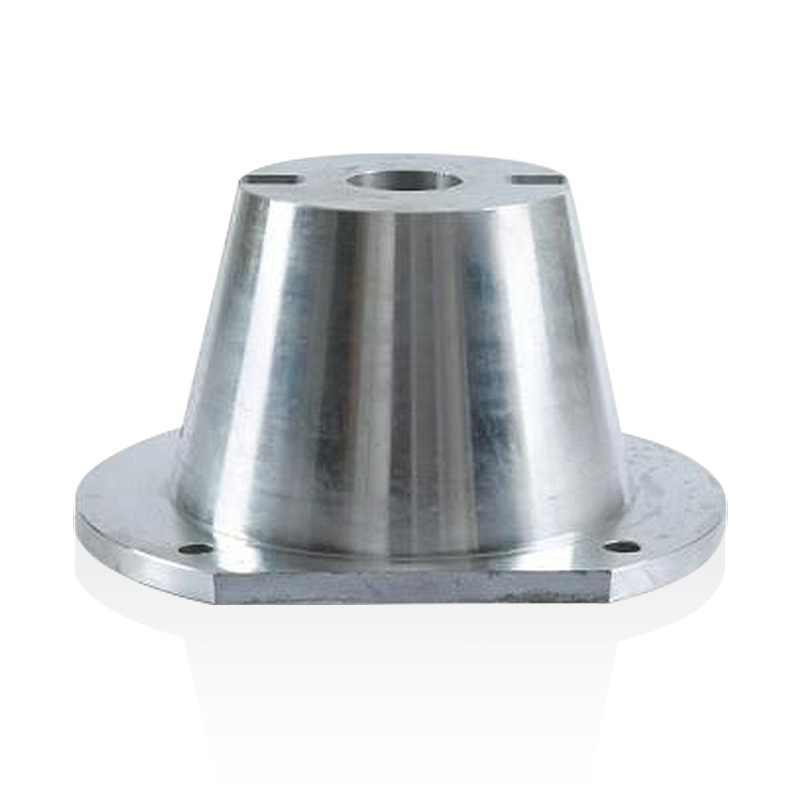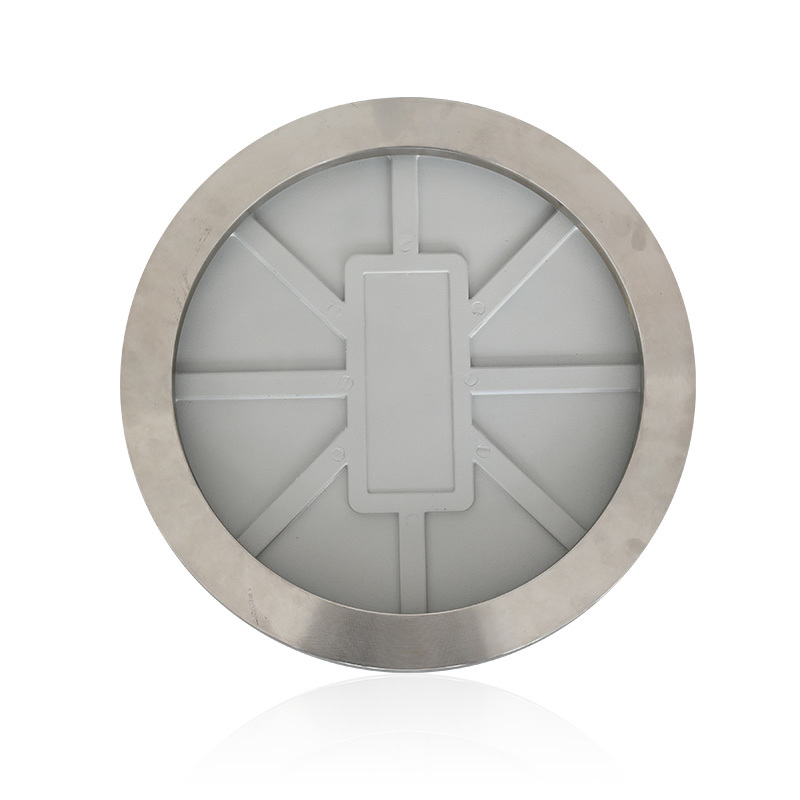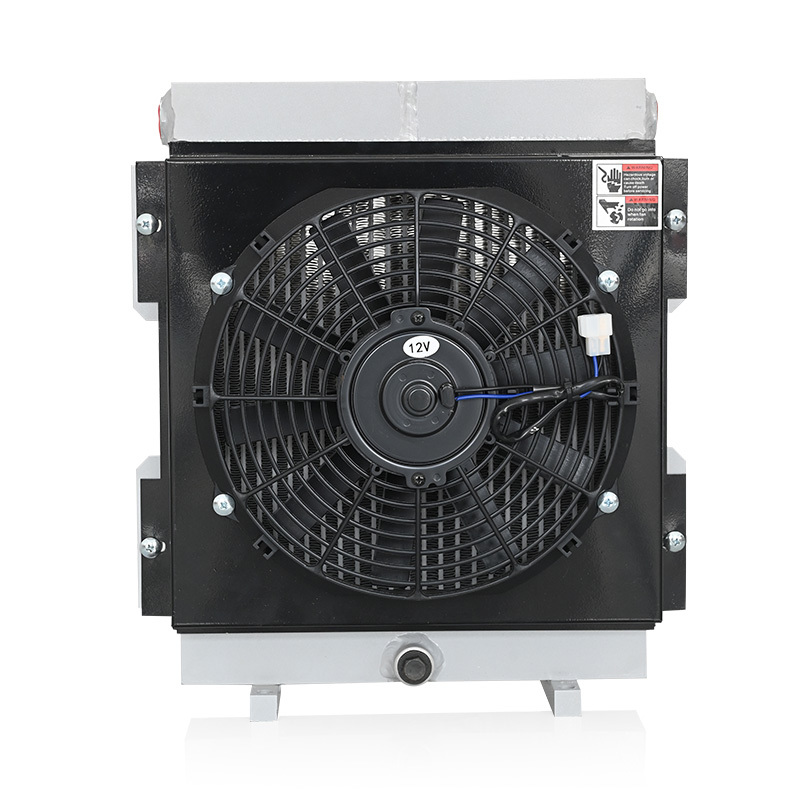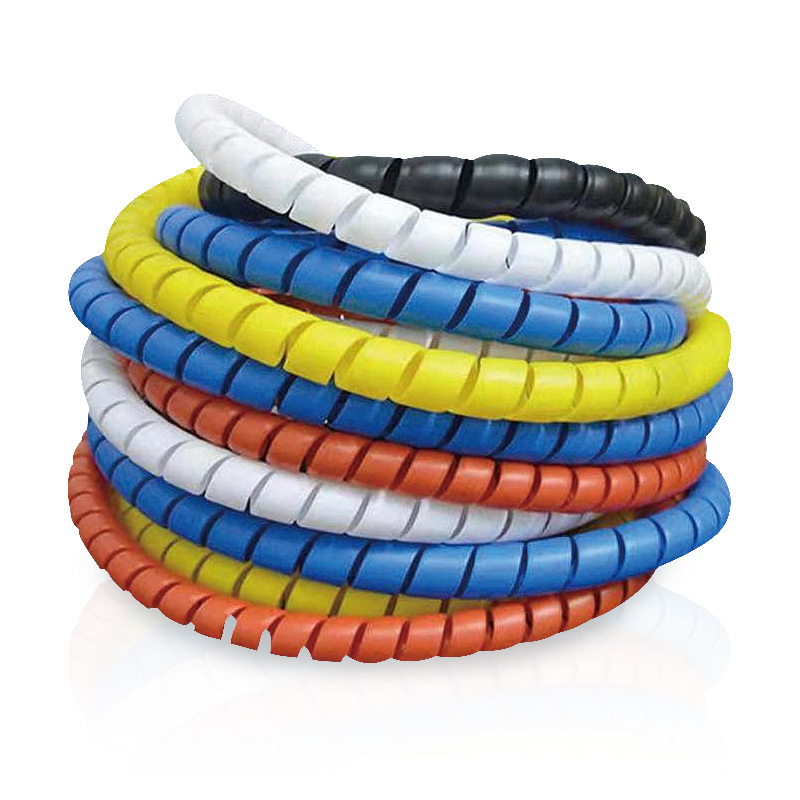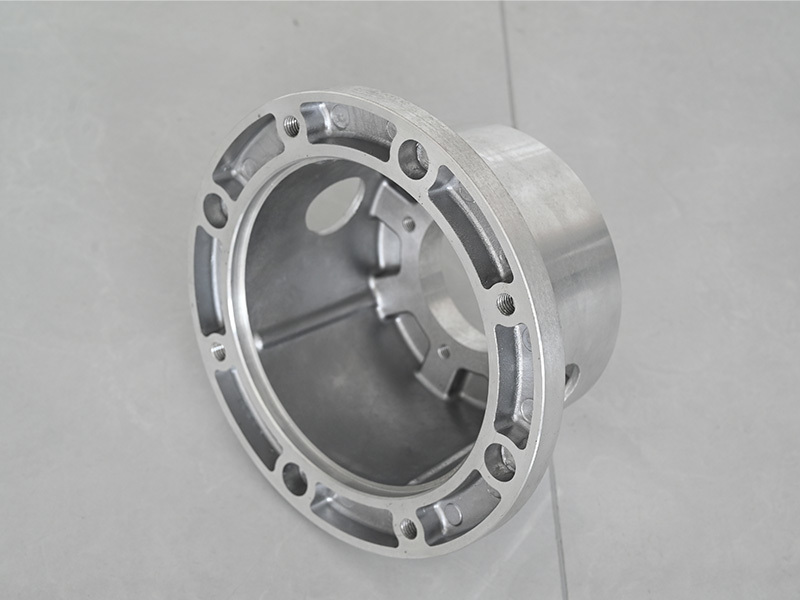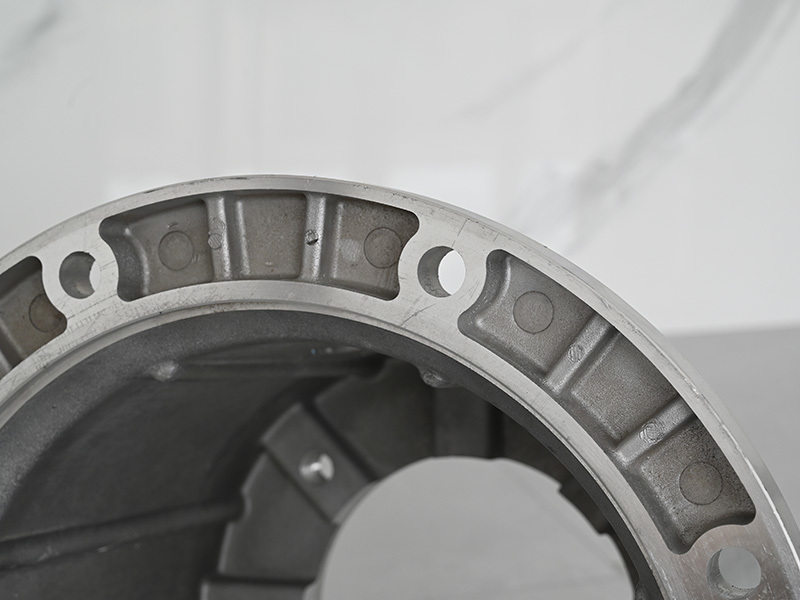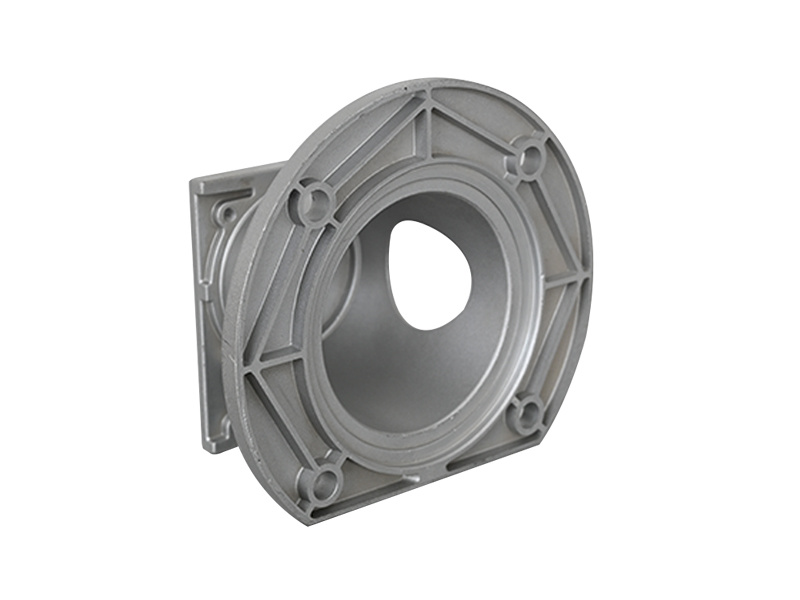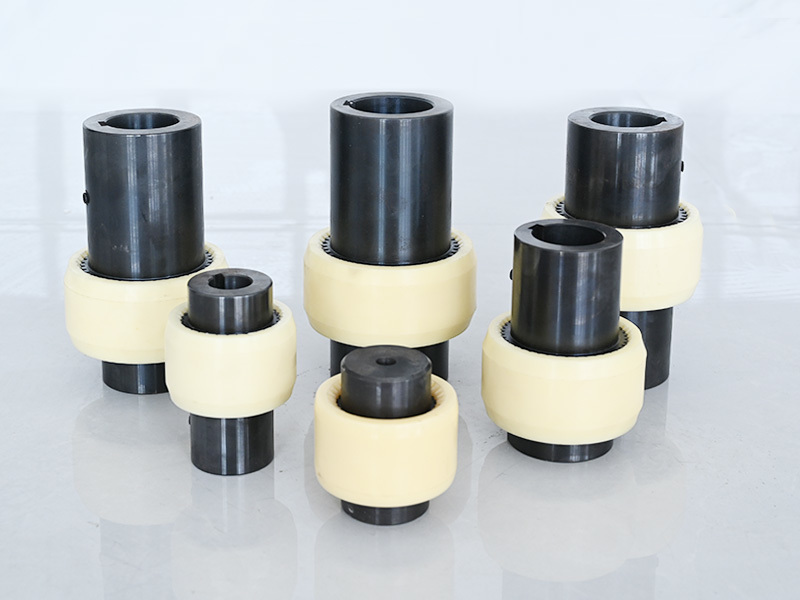Maximizing Efficiency in Chain and Transfer Equipment with KTR Couplings
Release Time:
Jul 06,2025
Maximizing Efficiency in Chain and Transfer Equipment with KTR Couplings Table of Contents 1. Introduction to KTR Couplings 2. Understanding Couplings in Industrial Equipment 3. Benefits of KTR Couplings 3.1 Enhanced Performance 3.2 Vibration Absorption 3.3 Alignment Flexibility 3.4 Durability and Reliability 4. Applications of KTR
Maximizing Efficiency in Chain and Transfer Equipment with KTR Couplings
Table of Contents
- 1. Introduction to KTR Couplings
- 2. Understanding Couplings in Industrial Equipment
- 3. Benefits of KTR Couplings
- 3.1 Enhanced Performance
- 3.2 Vibration Absorption
- 3.3 Alignment Flexibility
- 3.4 Durability and Reliability
- 4. Applications of KTR Couplings in Chain and Transfer Equipment
- 5. Installation and Maintenance of KTR Couplings
- 6. Case Studies: Successful Applications of KTR Couplings
- 7. Frequently Asked Questions
- 8. Conclusion
1. Introduction to KTR Couplings
In the world of industrial equipment, efficiency is paramount. One of the critical components that ensure optimal performance in chain and transfer systems is the coupling. **KTR couplings** are specifically designed to enhance the functionality and efficiency of these systems, providing solutions that lead to improved productivity and reduced downtime. This article aims to explore how KTR couplings work, their benefits, applications, and why they are an essential investment for industries reliant on chain and transfer equipment.
2. Understanding Couplings in Industrial Equipment
Couplings serve as a connection between two shafts, allowing them to rotate together while accommodating misalignments and shocks. **KTR couplings** are a specialized type of coupling that stand out due to their unique design and engineering, tailored for high-performance applications. They play a pivotal role in various machinery, ensuring that torque is transmitted efficiently while minimizing wear and tear on components.
The primary functions of couplings in industrial settings include:
- **Torque transmission**: Allowing power to be transmitted from the motor to the driven equipment.
- **Vibration dampening**: Absorbing shocks and minimizing vibrations that can lead to mechanical failures.
- **Compensation for misalignment**: Adjusting for slight misalignments between connected shafts, ensuring smooth operation.
3. Benefits of KTR Couplings
KTR couplings offer numerous advantages that enhance the efficiency of chain and transfer equipment.
3.1 Enhanced Performance
KTR couplings are engineered to optimize performance in various applications. Their design allows for high torque transmission, which is crucial in scenarios requiring substantial power output. This feature not only improves the operational capabilities of machinery but also contributes to energy efficiency, reducing overall operating costs.
3.2 Vibration Absorption
One of the standout features of KTR couplings is their ability to absorb vibrations effectively. Excessive vibrations can lead to wear and tear on components, resulting in costly repairs and downtime. KTR couplings mitigate these risks by dampening vibrations and shocks transmitted through the system, which enhances the lifespan of the equipment.
3.3 Alignment Flexibility
Industrial applications often involve slight misalignments due to thermal expansion, installation errors, or wear over time. KTR couplings offer exceptional alignment flexibility, accommodating these variations without compromising performance. This adaptability ensures that machinery runs smoothly and efficiently without the need for frequent adjustments or realignments.
3.4 Durability and Reliability
KTR couplings are built to withstand harsh operating conditions, ensuring long-lasting performance. The materials used in their construction are resistant to wear and corrosion, making them suitable for demanding environments. This reliability translates to reduced maintenance requirements and increased operational uptime, which is essential for industries that rely on continuous processes.
4. Applications of KTR Couplings in Chain and Transfer Equipment
KTR couplings find applications across various industries, including:
- **Material handling**: In conveyor systems, KTR couplings facilitate the smooth transfer of materials, enhancing productivity.
- **Automotive**: Used in assembly lines for improved efficiency and reduced operational costs.
- **Food and beverage**: Ensuring compliance with hygiene standards while maintaining efficient operations.
- **Mining and quarrying**: Operating in rugged conditions while maintaining reliability and durability.
These applications demonstrate the versatility of KTR couplings and their ability to integrate seamlessly into existing systems.
5. Installation and Maintenance of KTR Couplings
Proper installation and maintenance of KTR couplings are crucial for ensuring optimal performance. The following steps should be followed for installation:
- **Alignment**: Ensure proper alignment of shafts before installation.
- **Secure fastening**: Use appropriate torque settings for fastening the couplings.
- **Regular inspection**: Conduct routine checks to identify any signs of wear or misalignment.
Regular maintenance practices, including lubrication and visual inspections, can significantly extend the lifespan of KTR couplings and ensure that they operate at peak efficiency.
6. Case Studies: Successful Applications of KTR Couplings
Several companies have successfully adopted KTR couplings to enhance their operational efficiency. One notable case involved a **manufacturing plant** that experienced frequent downtime due to equipment failures. After integrating KTR couplings into their chain and transfer systems, they reported a **30% reduction in maintenance costs** and a significant increase in overall productivity.
Another case involved a **food processing facility** that required reliable and hygienic transport solutions for their products. By utilizing KTR couplings, they improved the reliability of their conveyor systems, ensuring smooth operations without compromising hygiene standards.
These case studies illustrate the tangible benefits that KTR couplings provide in real-world applications.
7. Frequently Asked Questions
What are KTR couplings made of?
KTR couplings are typically made from high-quality materials such as aluminum, steel, and various engineered plastics, depending on the specific application and requirements.
How do KTR couplings improve efficiency in chain systems?
They enhance efficiency by providing excellent torque transmission, absorbing vibrations, and accommodating misalignments, thereby reducing wear on equipment and minimizing downtime.
Are KTR couplings suitable for harsh environments?
Yes, KTR couplings are designed to withstand extreme conditions, making them ideal for applications in industries like mining, food processing, and automotive manufacturing.
What is the maintenance schedule for KTR couplings?
Regular inspections and lubrication, typically every three to six months, are recommended to ensure optimal performance and longevity.
Can KTR couplings be retrofitted into existing systems?
Yes, KTR couplings can often be retrofitted into existing machinery, making them a flexible solution for enhancing efficiency in current systems.
8. Conclusion
In summary, KTR couplings play a pivotal role in enhancing the efficiency of chain and transfer equipment across various industrial applications. Their ability to transmit torque effectively, absorb vibrations, accommodate misalignments, and withstand harsh environments makes them an invaluable investment for businesses seeking to optimize their operations. By integrating KTR couplings into your systems, you can significantly improve productivity, reduce maintenance costs, and increase the overall reliability of your equipment. As industries continue to evolve, the need for efficient and durable coupling solutions, such as those offered by KTR, will remain essential for success.
Keywords:
You Can Also Learn More About Industry Trends


